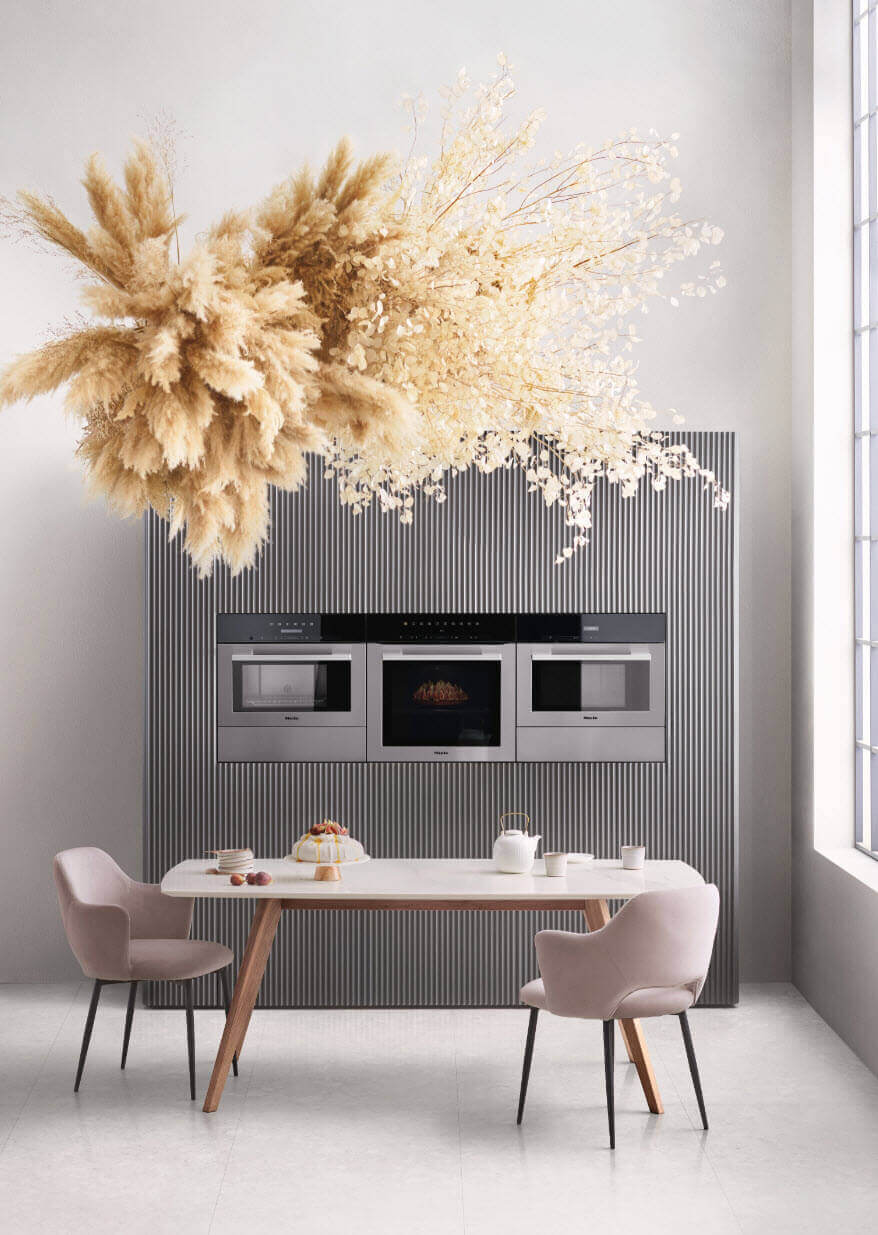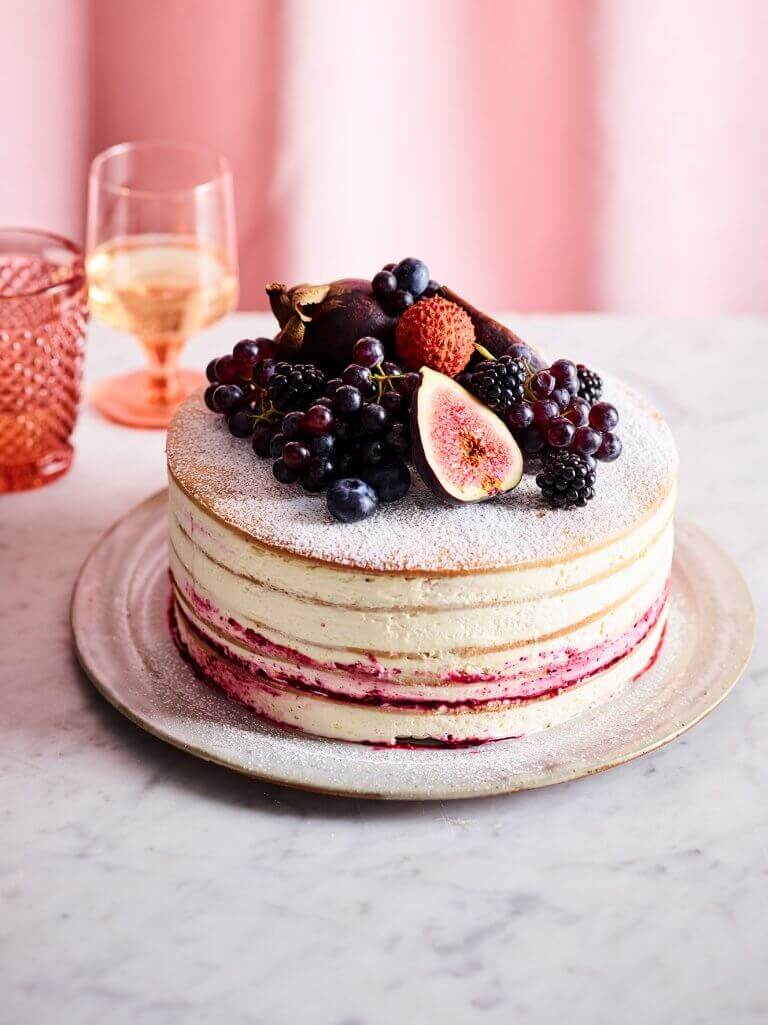Artisan Bread In The Home
Bread, fresh from the oven is a delicacy during winter. Its tantalising aroma makes your mouth water, evokes feelings of warmth, comfort and satisfies your hunger.
Artisan bread comes in many varieties such as Gluten Free, Sourdough and Walnut Loaf, and you can bake endless variations from your kitchen by adding grains, seeds, nuts and spices to the flour and water mixture.
We spoke to Miele Culinary Expert Nick Coughlin from Knoxfield’s Miele Experience Centre, on how to consistently produce stress free, quality artisan-style bread from home.
Effortless baking – Prove Yeast Dough function
No longer is it necessary to leave your dough to the odds of the elements: a clean, climate controlled and economical choice is now available, exclusively to Miele ovens – the Prove Yeast Dough function.
“When proving dough on the bench, everything affects the rise. From the temperature and humidity of the room through to how warm and damp is the tea towel you are using to cover it. None of this matters with the Prove Yeast Dough function,” says Mr Coughlin.
“When guests visit the Miele Experience Centre to talk about oven features, I always recommended using the Prove Yeast Dough function.”

Baking – A one step process
Simply combine flour, yeast, sugar, salt with water (and maybe even a good quality oil or butter) and place the mixture into a baking tray inside your oven. Select the type of bread you want to bake from Miele’s digital display and come back later to enjoy perfect bread that’s crusty on the outside and soft on the inside. It is that easy.
Add moisture for optimum results
Perfect baking results can be achieved through adding a burst of moisture during the baking process available with the Moisture Plus function on select Miele Ovens.
Moisture keeps the outer dough moist while the inside cooks, resulting in a crispy crust. It also helps the bread rise – to create a light and airy loaf – by enabling the yeast to produce as much gas as possible prior to the heat.
“The Moisture Plus function produces a very even bubbling inside the bread with the first, early burst of steam, and the second burst works to strengthen the crust without thickening it.
“Bread-makers worldwide spray their loaves for better crusts, but the Moisture Plus function eliminates the need to continually open the oven door, which affects the texture of the bread,” says Nick. The result? Soft, light and airy bread in the middle, with a perfectly crunchy crust.

Fashionable breadmaking
“Breaking bread is not only a saying, but a huge part of culinary culture here in Australia. “From the damper of the stockmen to the Italian breads of the 50s and 60s, to our current obsession with Japanese baked goods. As a nation we love bread,” says Nick.
Nick’s top bread picks
- Pain d’ Epi (Wheat stalk bread) “Getting the points on the bread just right needs a confident attitude and a sharp pair of scissors. Just watching the dough being shaped is amazing.”
- Chive Japanese Milk Bread “It’s so light and spongey and the chives create such a beautiful design when it’s baked. You can even cook the logs in their own individual mini-tins and, once baked, freeze them for later use.”
- Caraway and Oat Loaf “The recipe says to leave it for ten minutes after pulling it from the oven, and that’s very much the hardest part. It smells so good that you’ll want to eat it straight away.
- Gluten Free Banana Bread “The texture of this banana bread will make you wonder why you needed gluten in the first place. It’s pillowy, and it has a delicate flavour that makes every banana lover smile.”
- Buttermilk and Spelt Soda Bread “Getting that burst of steam in early doesn’t just give you a better rise, it also ensures you a great crust at the end. You can smooth it out and make a cross in the top, or leave it rough for a rustic look. I prefer the latter!”





